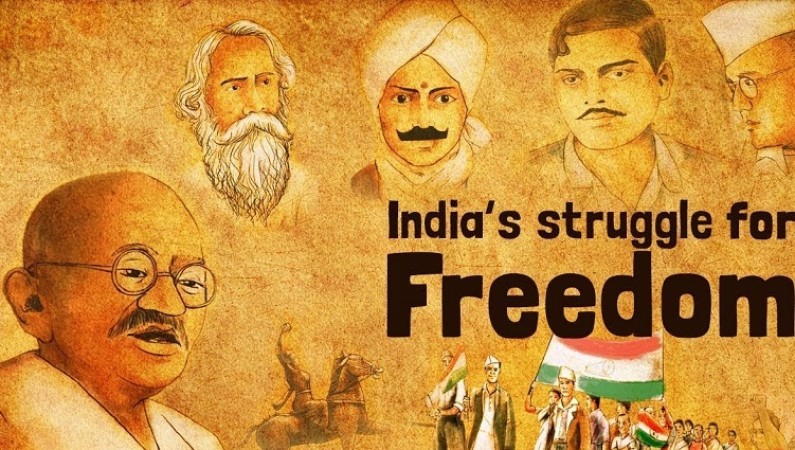
India's journey towards independence was a remarkable chapter in the annals of history, marked by a series of pivotal events and unwavering determination. From the establishment of the Indian National Congress to the ultimate triumph over British colonial rule, the struggle for freedom spanned decades and encompassed a myriad of movements, sacrifices, and milestones. Although each day posed a formidable challenge for the Indians in their fight for independence, certain pivotal moments shook the foundations of the British monarchy, ultimately leading India to awaken to its freedom on August 15, 1947.
The Indian National Congress (INC) Formation (1885): The INC was founded by Allan Octavian Hume, Dadabhai Naoroji, Dinshaw Wacha, Womesh Chunder Bonnerjee, Monomohun Ghose, and William Wedderburn with the aim of seeking a larger share in government for educated Indians.
Partition of Bengal (1905): The British decision to partition Bengal ignited widespread protests as it was seen as an attempt to divide Hindus and Muslims. This led to massive demonstrations and eventually forced the British to reverse the decision in 1911.
Formation of Muslim League (1906): The Muslim League was formed in Dhaka with the support of the British to represent the interests of the Muslim community. Over time, it became an important political entity advocating for Muslim rights.
First World War (1914-1918): India's involvement in World War I led to economic hardships and resentment due to conscription and wartime policies. The discontent laid the groundwork for later nationalist movements.
Jallianwala Bagh Massacre (1919): British troops under General Dyer opened fire on a peaceful gathering in Amritsar, leading to hundreds of deaths. This brutal incident shocked India and intensified the demand for self-governance.
Non-Cooperation Movement (1920-1922): Led by Mahatma Gandhi, this movement urged Indians to boycott British goods, institutions, and offices. It gained significant traction but was suspended after the Chauri Chaura incident.
Civil Disobedience Movement (1930-1934): Gandhi's Salt March in 1930 marked the beginning of this movement, where Indians protested the salt tax imposed by the British. This campaign saw widespread participation and marked a turning point in the struggle.
Round Table Conferences (1930s): The British government held these conferences to discuss constitutional reforms with Indian leaders. However, the talks failed to reach a consensus due to disagreements between different parties and communities.
Quit India Movement (1942): A mass protest against British rule, Gandhi gave the call for "Do or Die." It led to widespread civil disobedience, arrests, and violent clashes with the British authorities.
Subhas Chandra Bose and the INA: Subhas Chandra Bose formed the Indian National Army (INA) with the help of Japanese forces during World War II. The INA's efforts to free India from British rule garnered significant support, even though their military campaign had limited success.
Post-War Developments: The end of World War II weakened Britain's hold on India. The Royal Indian Navy Mutiny of 1946 and widespread public demand for independence accelerated the process.
Mountbatten Plan and Partition (1947): Lord Mountbatten proposed a plan to divide India into two independent nations, India and Pakistan, along religious lines. This led to the largest mass migration in history and also resulted in communal violence.
Independence (1947): India finally gained independence on August 15, 1947. Jawaharlal Nehru became the first Prime Minister of independent India. However, the partition also resulted in widespread violence and displacement.
Constitution of India (1950): India adopted its constitution, emphasizing democratic values, equality, and fundamental rights. Dr. B.R. Ambedkar played a pivotal role in drafting the constitution.
These events highlight the complex and multifaceted nature of India's struggle for independence. The journey was characterized by peaceful protests, civil disobedience, and sacrifices made by countless individuals who were determined to secure India's freedom from colonial rule.